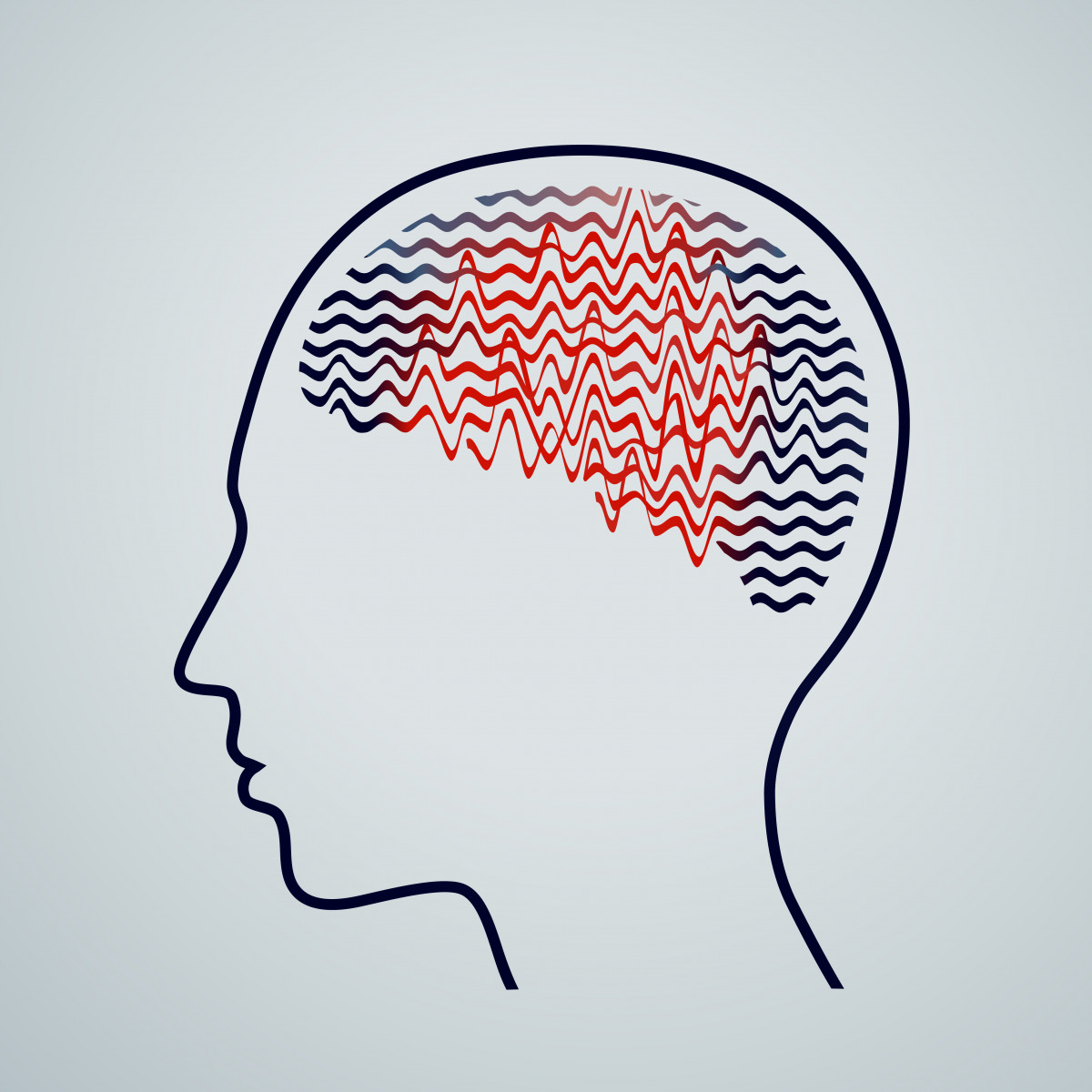Deep-brain Stimulation May Offer Way of Treating Fatigue in MS Patients, Pilot Study Finds

Deep-brain stimulation, a non-invasive way of targeting neurons in the cortex, can significantly ease symptoms of fatigue in multiple sclerosis (MS) patients, research drawn from a clinical trial suggests.
These results, published in the journal Neurology: Neuroimmunology and Neuroinflammation, are in an article titled “Safety and preliminary efficacy of deep transcranial magnetic stimulation in MS-related fatigue.”
Up to 90 percent of MS patients are believed to experience severe fatigue, a type of mental and physical exhaustion that can have a serious impact on a person’s work and social life. Because treatment options are limited for these patients, researchers are looking at deep-brain stimulation as a way to potentially alleviate this limiting condition.
Researchers at the NeuroCure Clinical Research Center (NCRC) in Germany conducted a pilot Phase 1/2a clinical trial (NCT01106365) to evaluate a technique developed by Brainsway, called deep transcranial magnetic stimulation (dTMS) and using a specifically developed H-coil that is capable of stimulating brain regions up to three times deeper than “figure-of-eight coils” used in standard TMS, the study states.
Areas in the brain’s cortex are thought to play a key role in MS-related fatigue.
dTMS is a type of non-invasive stimulation that activates deep-brain structures through the use of electromagnetic fields that either excite or inhibit neurons. The approach is being increasingly used to diagnose and treat a range of neurological and psychiatric disorders.
To evaluate the safety and potential of repetitive H-coil dTMS as a treatment, researchers led by Friedemann Paul began by assessing the severity of MS-associated symptoms using a standardized survey and the fatigue severity scale (FSS). Twenty-seven of the 28 treated patients had FSS scores of 4.0 or more at the study’s start; FSS ranks fatigue on a scale from 1 to 7.
The clinical study enrolled 33 participants, but five left early because of mild side effects that included headaches or facial/scalp discomfort. The remaining 28 received either the dTMS treatment — one group to the prefrontal cortex, another to the motor cortex — or a sham procedure three times a week for six weeks. The treatment involved a stimulation H-coil being placed above the patient’s head, which generated a magnetic field to influence nerve activity and neural circuits in the brain.
The combination H-coil plus dTMS was found to significantly reduced fatigue symptoms — especially in the study arm given motor cortex stimulation — with the treatment reducing FSS by a median of 1.0 point, which was sustained during follow-up. Among patients whose treatment was to the motor cortex, the median post-treatment drop in FSS was 1.74 compared to study start.
The treatment was found to be safe and well-tolerated in all MS patients, including those who left the study early. “We observed no serious side effects in patients treated with dTMS, and it is therefore worth stressing the tolerability of this noninvasive electrophysiological technique,” said Paul, the study’s principal investigator, in a press release.
The team is planning to further studies with a larger number of participants to better evaluate H-coil dTMS as a treatment for MS patients — for both fatigue and depression.
“While the results are promising, they have to be interpreted with caution, given the small sample size and the exploratory nature of the study and of the efficacy analysis,” the researchers conclude. Still, “in light of the safety and tolerability of rTMS [repetitive TMS] treatment in MS-associated fatigue, our study strongly suggests further investigating its potential therapeutic efficacy and the underlying mechanisms.”






